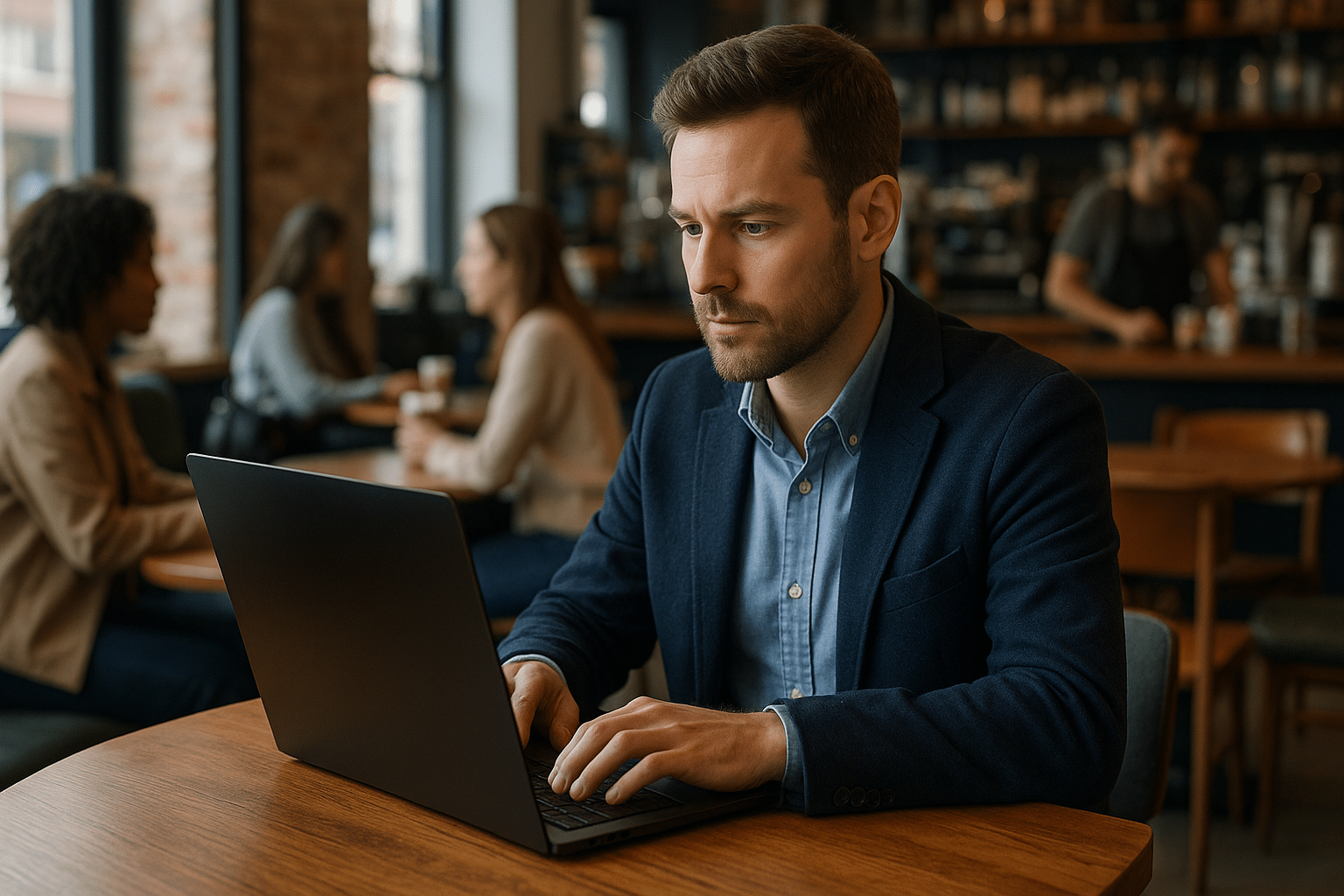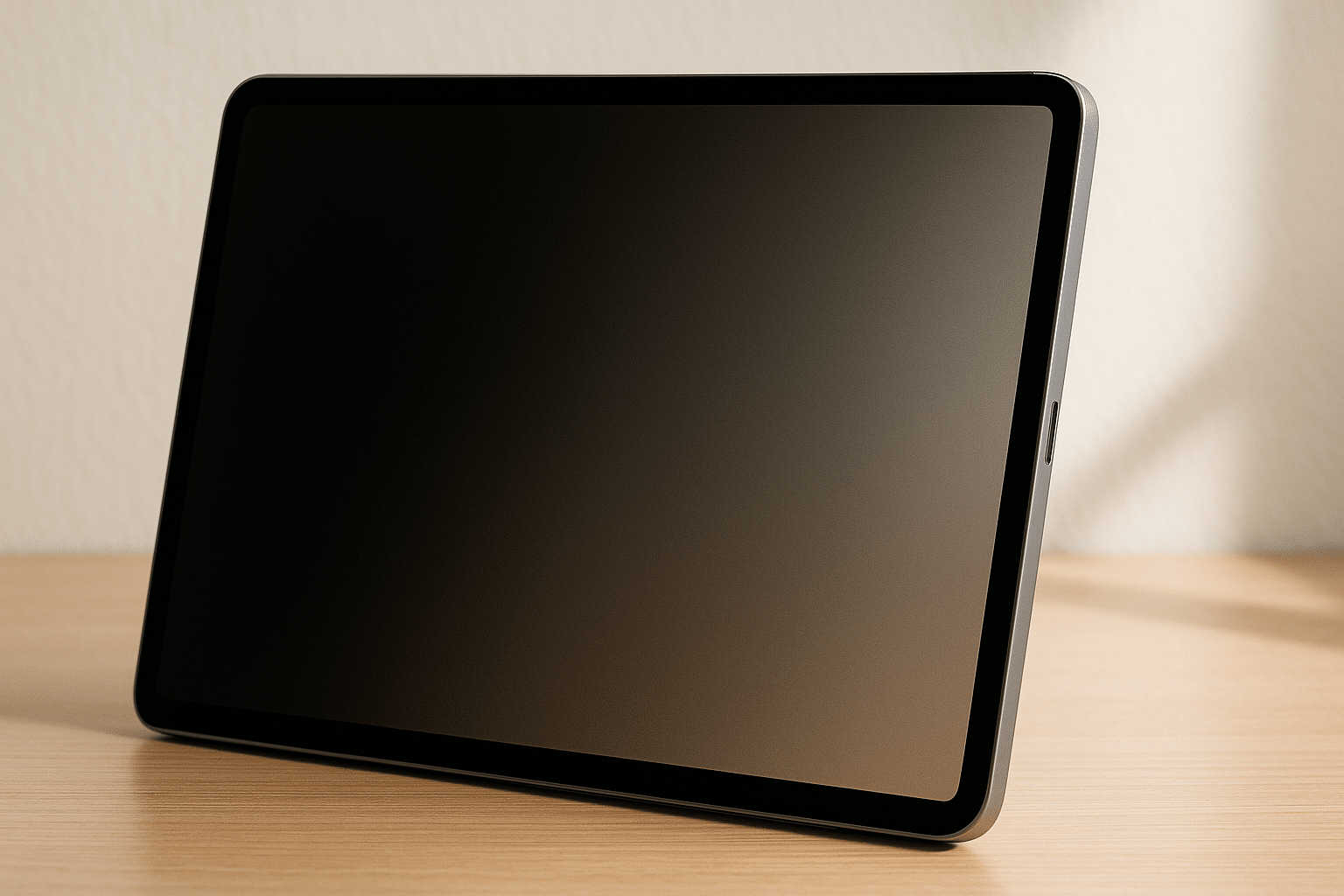
Understanding Privacy Screens: How They Work and Why You Need One
In our increasingly digital world, safeguarding personal and professional information has never been more crucial. For tech-savvy professionals and remote workers, the challenge of protecting sensitive data is particularly pressing. Privacy screens offer an effective solution, allowing you to work confidently in public and shared spaces without the worry of prying eyes. This article explores how privacy screens function and why they are an essential tool for data security.
What Are Privacy Screens and How Do They Protect Your Data?
Privacy screens are thin, transparent filters placed over your device’s display. They are designed to restrict the viewing angle, ensuring that only the person directly in front of the screen can see the content clearly. This feature is particularly useful in public spaces, such as coffee shops or co-working environments, where you might be working on sensitive projects or accessing confidential information.
Key Advantages of Using Privacy Screens
- Enhances data security in public spaces
- Reduces eye strain with blue light filtering
- Improves screen clarity with anti-glare technology
- Simple to attach and remove as needed
- Protects against screen scratches and damage
- Maintains confidentiality in shared workspaces
- Compatible with a variety of devices
How Privacy Screens Function
Privacy screens utilise micro-louvre technology, which acts like mini blinds on your screen. These micro-louvres limit the field of view to a narrow angle, typically around 30 to 60 degrees from the centre. This means that anyone attempting to view your screen from an angle will see a darkened or distorted image, thereby protecting your information from being seen by others.
Additionally, many privacy screens come with anti-glare properties, which enhance visibility in bright environments by reducing reflections and glare. This not only protects your privacy but also improves your viewing comfort, making it easier to work for extended periods without eye strain.

Why You Need a Privacy Screen
In today’s flexible work culture, many professionals find themselves working outside traditional office environments. Whether in a bustling café or a busy airport lounge, the risk of visual hacking is ever-present. Privacy screens provide a crucial layer of security, ensuring that your sensitive information remains confidential, even in the most public of settings.
Moreover, privacy screens are not just for laptops. They are available for smartphones, tablets, and desktop monitors, making them a versatile tool for protecting your data across all your devices. This adaptability is particularly beneficial for remote workers who need to maintain a high level of security while on the move.
Comparison Table of Privacy Screen Features
| Feature | Benefit |
|---|---|
| Viewing Angle Restriction | Prevents side glances from revealing screen content |
| Blue Light Reduction | Reduces eye strain during prolonged use |
| Anti-Glare Coating | Improves screen visibility in bright environments |
| Easy Application | Simple installation and removal process |
| Durability | Long-lasting protection with scratch resistance |
Choosing the Right Privacy Screen for Your Needs
When selecting a privacy screen, consider the specific requirements of your device and work environment. Factors such as screen size, compatibility, and additional features like blue light reduction or anti-glare coating should be taken into account. It’s also important to ensure that the privacy screen is easy to apply and remove, allowing for flexibility in different settings.
Investing in a high-quality privacy screen can provide long-term benefits, including enhanced security and improved device longevity. By protecting your screen from scratches and damage, you can ensure that your device remains in excellent condition, further supporting your professional and personal endeavours.
Conclusion
Privacy screens are an essential tool for anyone concerned about data security in public or shared spaces. By restricting the viewing angle, they protect your sensitive information from prying eyes, allowing you to work confidently wherever you are.
With additional benefits like blue light reduction and anti-glare properties, privacy screens not only enhance security but also improve your overall user experience. As remote work becomes more prevalent, investing in a privacy screen is a wise decision for maintaining confidentiality and protecting your digital assets.
Frequently Asked Questions
Do privacy screens affect screen brightness?
Yes, privacy screens can slightly reduce screen brightness due to the additional layer on your display. However, most modern privacy screens are designed to minimise this effect, allowing you to adjust your device’s brightness settings to compensate. The benefits of enhanced privacy and reduced glare often outweigh this minor inconvenience.
Can privacy screens be used on touchscreens?
Absolutely. Many privacy screens are specifically designed to be compatible with touchscreens, ensuring that the touch sensitivity of your device remains unaffected. When purchasing a privacy screen for a touchscreen device, look for products that explicitly state touchscreen compatibility to ensure optimal performance.
How do I clean my privacy screen?
Cleaning a privacy screen is straightforward. Use a soft, lint-free cloth slightly dampened with water or a mild screen cleaner. Gently wipe the screen in a circular motion to remove fingerprints, dust, and smudges. Avoid using harsh chemicals or abrasive materials, as these can damage the screen’s surface and reduce its effectiveness.
Are privacy screens reusable?
Many privacy screens are designed to be easily applied and removed, making them reusable. They often use a static adhesive or magnetic attachment, allowing you to reposition them as needed without leaving residue. However, the longevity of a privacy screen can vary based on the brand and how frequently it is removed and reapplied.









